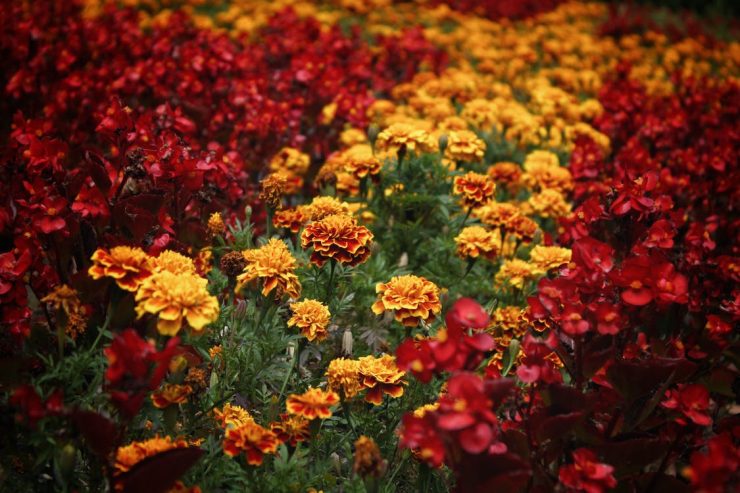Marigolds are among the prettiest and most popular annuals across the world. They gained such status by not just looking pretty with their striking colors but for tons of uses and benefits they provide. In today’s article, we will talk about marigold uses and benefits and ways to plant and grow these flowers.
This annual is a great addition to any garden, and you too can grow this beautiful specie in your own household. Moreover, it is not difficult to save seeds from faded marigolds. However, to ensure it starts growing, you need to follow some simple steps, and we will provide a comprehensive guide on how to do so. We have a lot of ground to cover, so without further delay, let us get right into it.
Marigold Uses and Benefits
Marigolds look beautifully wherever you decide to plant them, and each plant carries numerous benefits and uses. Let us take a look at why you should consider planting Marigolds in your garden and the positives that come with it.
1. Marigold Attracts Bees and Other Pollinators
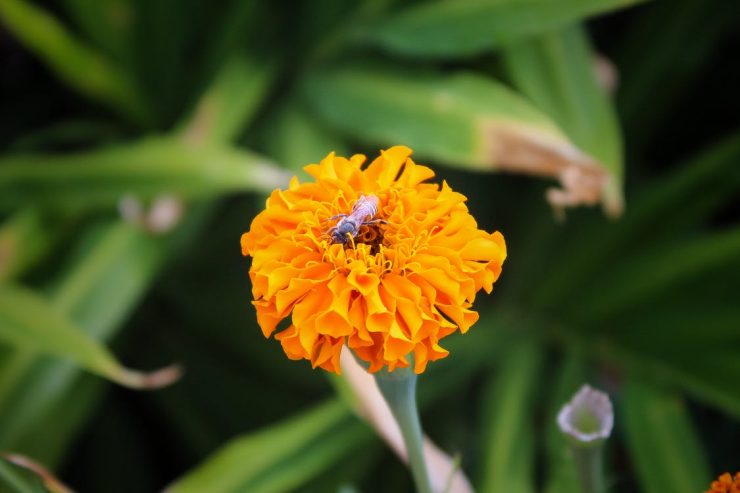
One of the most common benefits that come with planting Marigolds in a vegetable garden is the number of bees and pollinators it attracts. This is due to the fact that they bloom over longer periods, usually throughout the summer and early autumn.
This means that their blooms are a source for bees and other pollinators that lasts for a very long time. Marigold is a highly useful plant in this regard, and it is recommended to plant it near veggies.
2. It Repels Some Pests

Many gardeners claim that Marigolds repel many pests when planted in the vegetable garden. The evidence shows that this plant does repel some pests, such as cabbage moths and Mexican bean beetles. One of the potential reasons why Marigold is so effective against pests is its strong scent.
Experts believe that this scent is so strong that it masks the smell of your vegetable plants, which forces pests to head the other way and avoid the area.
3. It Is the Tomato Guardian
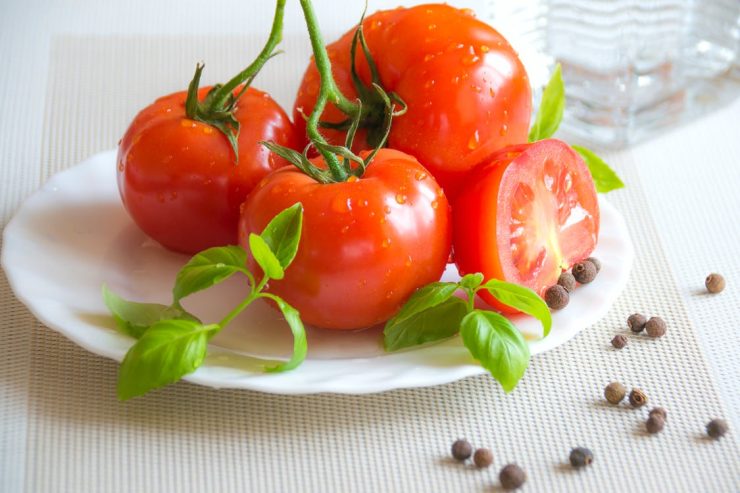
Marigold and tomato plants go amazing together, so planting them in close range can be highly beneficial and serve as an additional protective layer. It is proven that it repels nematodes, slugs, tomato hornworms, and other pests that love to invade your tomatoes.
4. It Shields Your Veggies From Harmful Nematodes
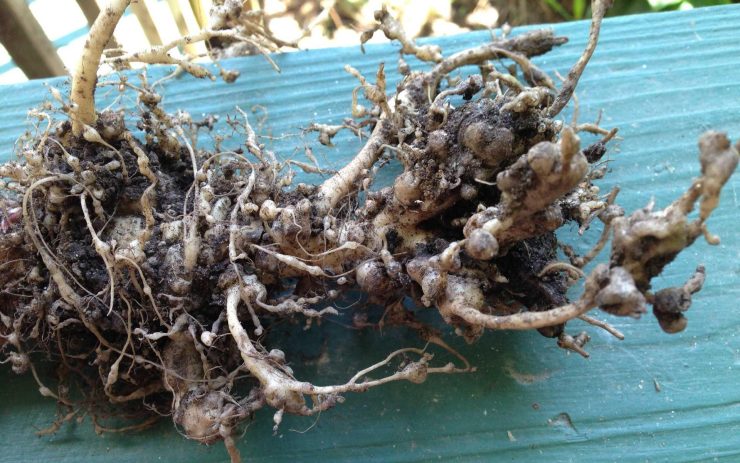
Even though there are thousands of nematode species out there, only some of them are extremely damaging to your garden crops. Fighting them is a rather difficult task, almost impossible. However, Marigolds might be a perfect solution for these troubles, as it is said that they can help neighboring plants by killing nematodes.
Furthermore, Marigolds produce a compound in their roots that is one of the ingredients used in nematicides. The problem is that there are so many types of nematodes that it is very difficult to figure out which one causes the issue.
The good thing is that whether or not Marigold can actually protect your plants from nematodes, adding some in your veggie garden will not harm it, so give it a chance.
5. It Is an Excellent Companion for Numerous Vegetables

Marigolds are invaluable companions for veggies in your garden, and they are great when planted near beans, potatoes, broccoli, squash, eggplant, and kale. For many other plants, Marigold is considered a neutral companion, meaning that they are not harmful or beneficial to them.
6. Marigold Can Attract Beneficial Predatory Insects
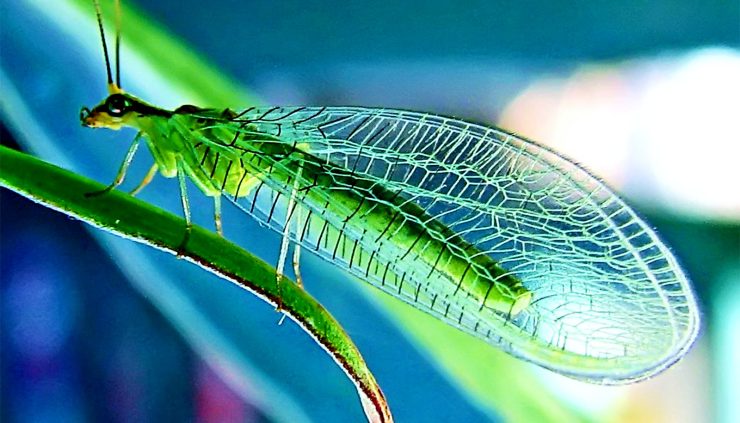
Beneficial predatory insects bear huge significance in creating a healthy environment in your garden by eating a large number of harmful insects. Once you start to rely on these predatory insects, you will reduce dependence on chemical pesticides that insects eventually become resistant to.
7. Marigold Is Edible
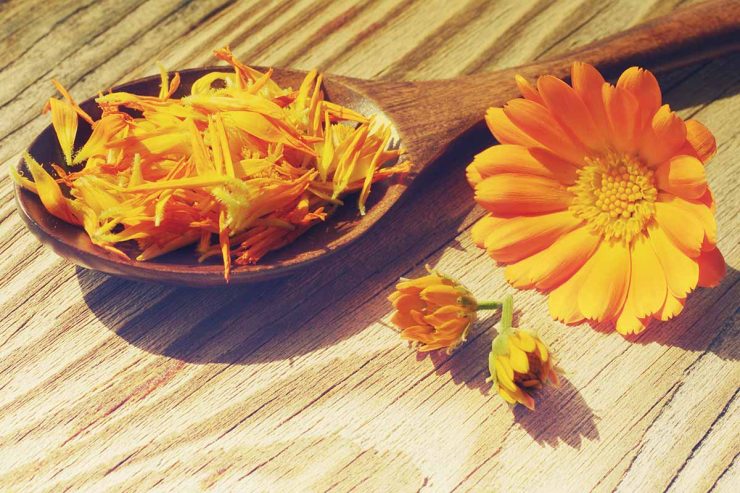
Some Marigolds are edible and have been part of culinary traditions for centuries. For example, the Aztecs were said to use Marigolds in multiple ways, among which one of them was as a food source. Not all Marigolds are tasty, so choosing the right type is crucial.
Eating petals and leaves raw or blanched, fresh or dry, and in sweet, savory dishes can be a true delight. The edible Marigold flowers taste slightly citrusy and subtly spicy. The best way to see if Marigold will work for you in nutrition is to test different edible species.
8. Marigold Can Lower Inflammation and Reduce Free Radical Damage
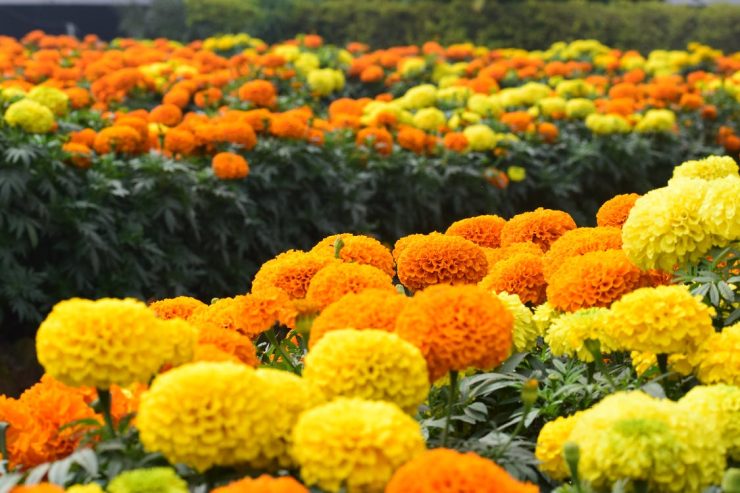
Experts that are dealing with the anti-inflammatory benefits of Marigolds often reference Pot Marigolds. Note that Pot Marigolds are a member of the Calendula genus, while true Marigolds are a member of the Tagetes genus, so they are not exactly the same plant.
There are multiple references that the ones with the Tagetes genus are often used in folk medicine, specifically to treat inflammations. A recent study in 2016 found that flavonoids and carotenoids that are both parts of French Marigold extract showed characteristics in line with the anti-inflammatory properties referred to in folk medicine.
9. Marigolds Are Good for Eye Health

Given the fact that Marigolds contain two carotenoids – lutein and zeaxanthin, they are highly beneficial for ocular health. These carotenoids are found naturally in the macula of the human eye, and they are potent antioxidants.
Among other things, they protect your eyes from free radicals, and the loss of these antioxidants can damage your eye health. The way you can use Marigold to benefit your eye health is to implement its leaves or flowers in your diet, make some diluted tea, or add a Marigold supplement.
10. Marigolds Can Ease Cramps, Spasms, and Haemorrhoid Pain

Marigolds do wonders in treating stomach and intestinal disorders in folk medicine. Researchers and experts claim that Tagetes Lucida has very good antispasmodic and antidiarrheal capabilities and can aid you with spasms and cramps.
11. Marigolds Are a Natural Fabric Dye and a Natural Food Coloring

Lutein, extracted from African Marigolds, is used as a food colorant in many foods, from baking goods to chewing gum and even some types of toddler food. However, they are also a natural fabric dye since Lutein is used commercially and by hobbyists to dye fabrics a deep yellow.
This dye is made of dried and ground flowers that produce rich and vibrant yellows, greens, yellows, and oranges.
12. Marigolds Produce Oils Used in Perfumery

Oils from Marigold flowers are used in the steam distillation process in perfumeries. These oils have a strong, warm, piquant aroma with a powerful fruity undertone. Although it is naturally pungent, Tagetes oil is used extensively in perfumes, and it is more widely used in men’s perfumery due to its strong aroma.
Veggies That Are Best Companions With Marigolds
Even though science cannot back up all benefits that Marigolds can potentially bring to vegetable gardens, many gardeners claim that they noticed a huge difference when they plant Marigold and that they are using it extensively.

If you give experienced gardeners more credit than the studies, planting Marigolds should be just as important as planting any other crop. Here is a list of vegetables that do well when around Marigolds, according to experienced gardeners.
- Cucumbers
- Melons
- Eggplants
- Squash
- Potatoes
- Lettuce
- Pumpkins
- Tomatoes
- Asparagus
- Beans
- Onions
- Cabbage
- Kale
- Broccoli
- Brussels Sprouts
- Cauliflower
How to Plant and Grow Marigold Flowers

Now that we listed some of the most notable uses and benefits of Marigolds, it is time to explain how to plant them. They thrive in full sunshine and can often withstand extremely hot summers. Some species like African and signet Marigolds are drought tolerant, while French ones are more tolerant to wet conditions.
If you plant them in cool and moist areas with shadow, they will not bloom well since they are prone to powdery mildew. Even though they grow in almost any soil, they will do best in moderately fertile, well-drained soil. Here is how to approach planting:
When to Plant
Taller African species should be planted in early spring after all dangers of frost have passed. Planting taller species early in the season will provide them with more time to prosper, grow, and mature. On the other hand, French and Signet species can be planted anytime between spring and mid-summer.
Where to Plant
Most Marigold species prefer to be located in an area with full sun, but they can tolerate a mild shade. It is wise to plant it where you will be able to secure some afternoon shade on extremely hot days. Taller varieties should be planted in areas where they are well protected from strong winds and rains.
How to Plant
Since Marigolds germinate very fast, sprouting in a couple of days and blooming in roughly eight weeks, it is really easy to grow them from seed. Sow seeds after the dangers of frost and cold weather have passed and when the soil starts warming up. You should sow seeds one inch apart and water regularly after planting.
When seeds start sprouting, they should be thinned – French and Signet varieties eight to ten inches apart, African varieties ten to twelve inches apart. You can use landscape scissors to cut the seedlings out since pulling them out can disturb the roots of the seedlings left behind.
How to Take Care of Marigold
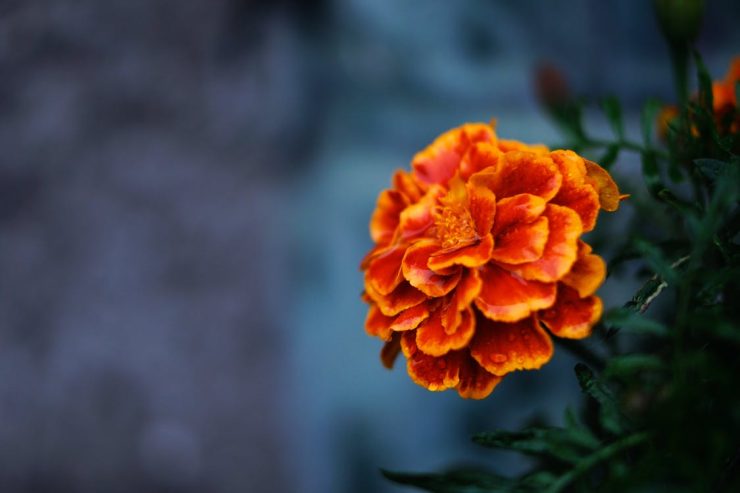
Pruning
Cutting off spent flowers will drastically improve the appearance of the plant and encourage further blooming as the season progress. It is also wise to pinch young plants, as it will promote bushier growth.
Soil
Even though Marigolds are not very picky about their soil, it is best to place them in moderately fertile, well-drained soil, as we already mentioned. If you plant them in clay soil or an area that does not drain well, Marigold will not perform as you would expect.
Amendments and Fertilizer
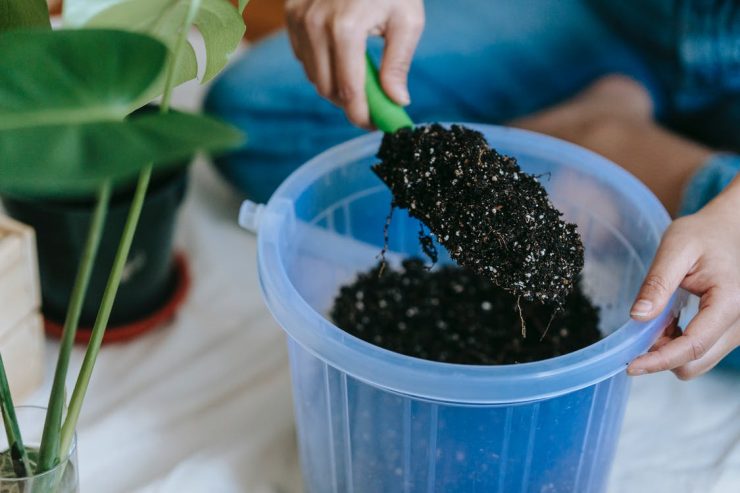
Marigolds grown in-ground typically do not require any fertilizer. Moreover, the fertilizer is applied during the growing phase because it can boost foliage growth at the expanse of flower production. If you opt for growing Marigold in a container, it can benefit from a diluted liquid fertilizer watered in on occasion.
Watering
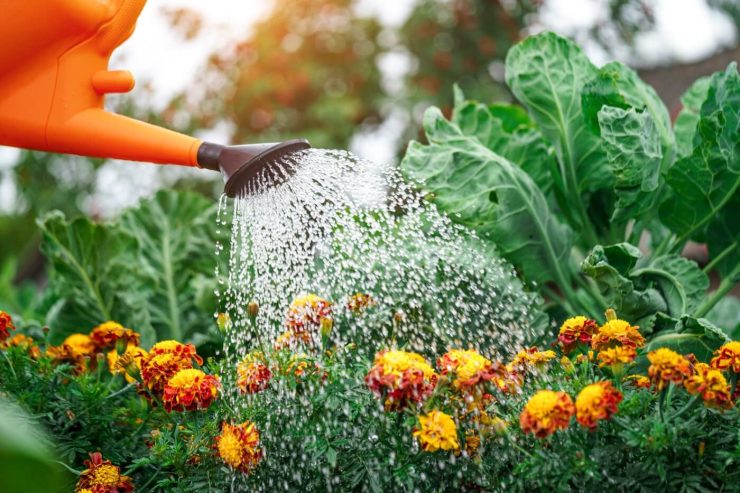
To get the best results, water your Marigolds at the base of the plant, not from overhead. The densely double flowerheads can rot when watered too much. It is wise to allow the soil to dry somewhat before you water it again, but you should water regularly in high heat and dry weather. If you have a Marigold in a container, water it daily as containers dry very fast.
Diseases and Pests
Even though Marigold can do an excellent job in removing pests from your vegetable ground, it is susceptible to gray mold, bacterial leaf spots, powdery mildew, and root rot. Marigolds do their fair share in repelling some types of insects such as mosquitoes, aphids, thrips, whiteflies, squash bugs, etc.
Final Words
This concludes our article regarding a wide variety of uses and benefits of Marigold. They make not only excellent cut flowers, but they are also easy to dry for use in long-term floral arrangements.
Marigolds are prolific and versatile plants that are both beneficial for multiple reasons and straight-up beautiful. Every garden should have one, especially a vegetable garden, as it protects your veggies and beautifies the whole area.

